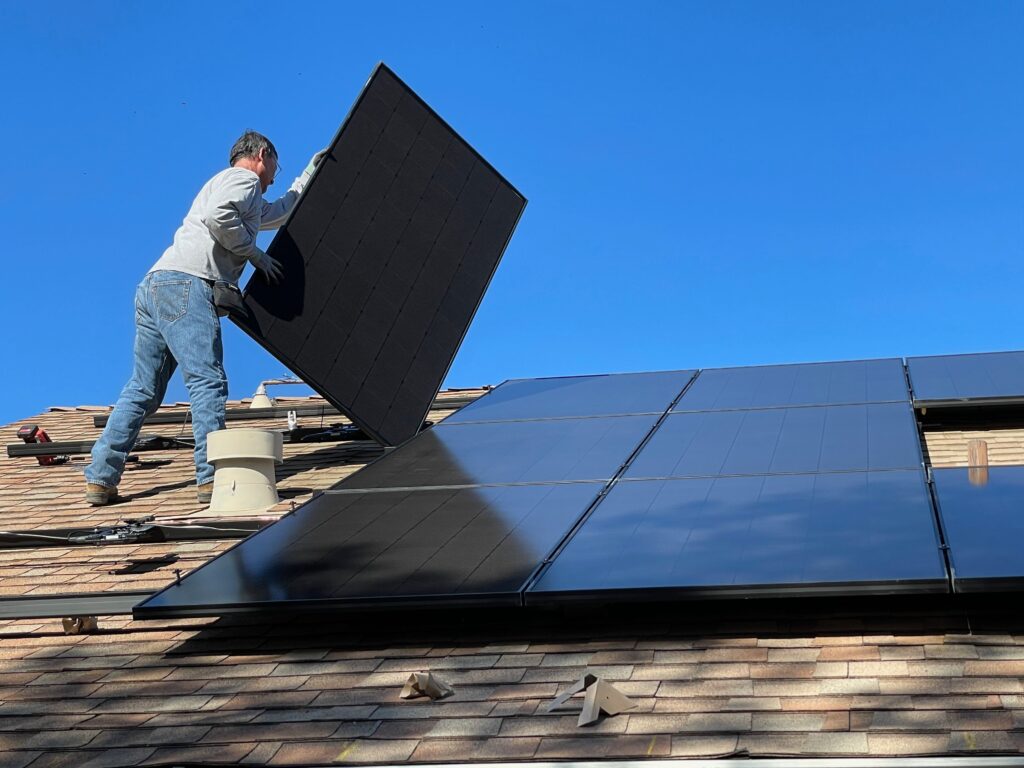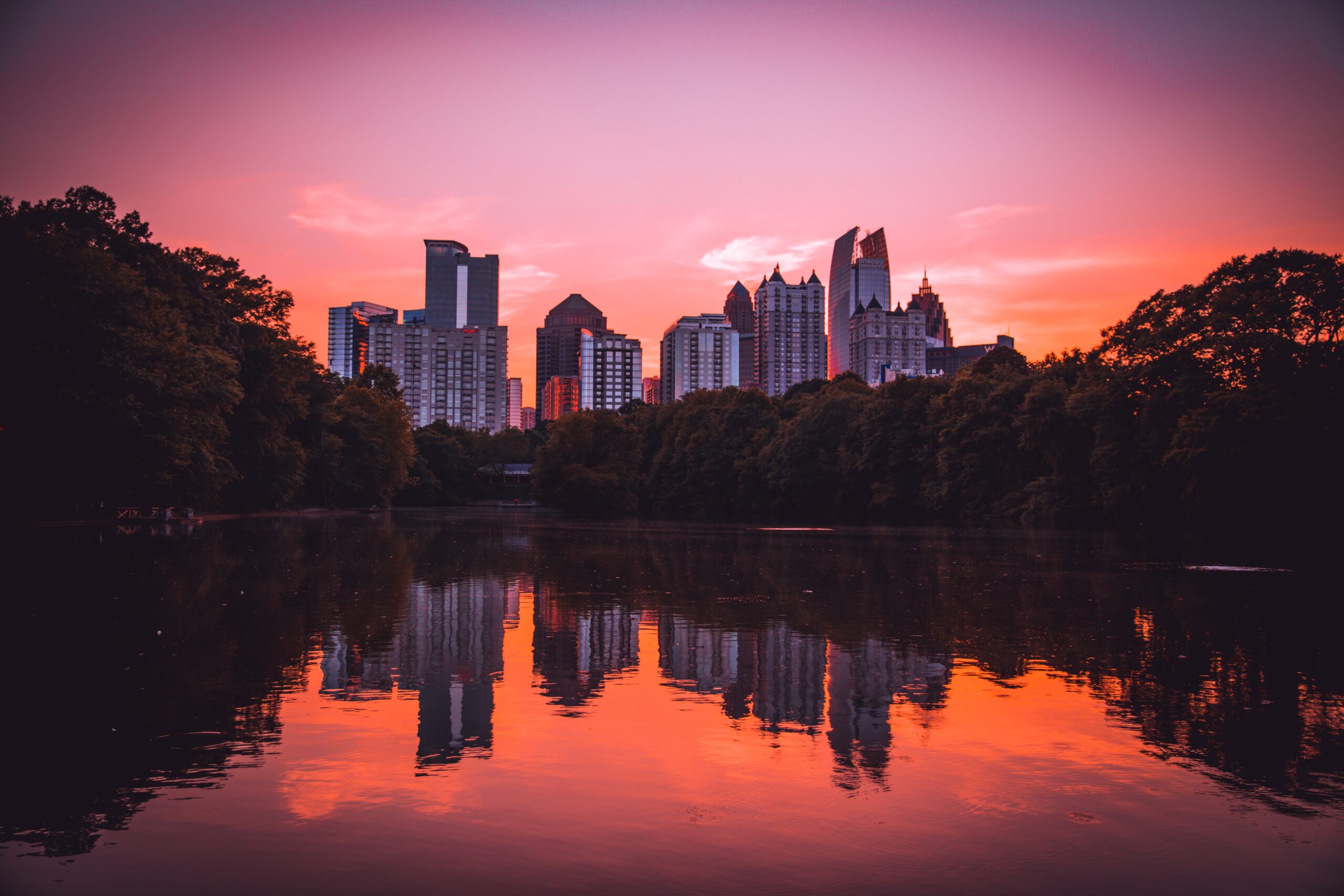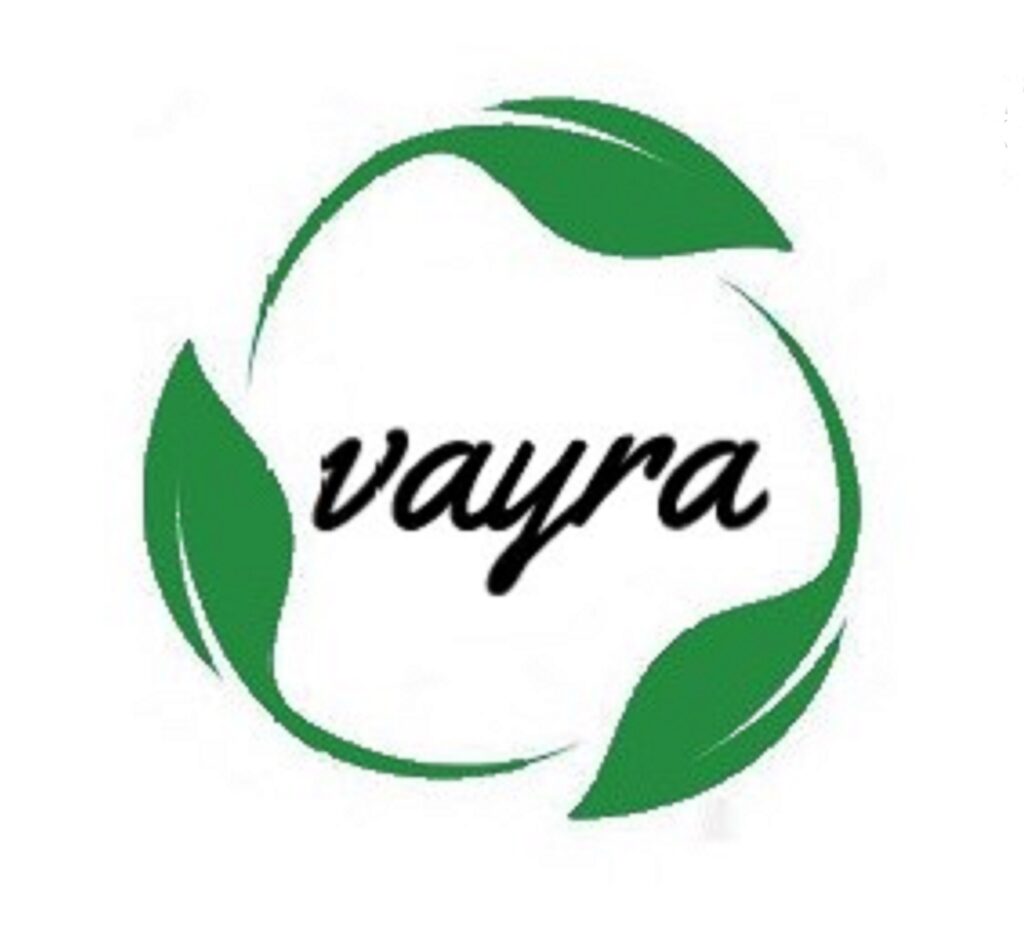
The world is facing an urgent need to transition to more sustainable energy sources and reduce its dependence on fossil fuels. Renewable energy, such as solar, wind, and hydro power, is a key solution to this problem, providing a clean and renewable source of power that can help reduce greenhouse gas emissions and mitigate the effects of climate change.
Another key solution to the world’s sustainability challenges is the circular economy. This concept focuses on keeping resources in use for as long as possible and minimizing waste through the use of closed-loop systems. By creating a circular economy, we can reduce the need for raw materials, minimize waste, and create more sustainable products and services.
The circular economy is an economic model that aims to reduce waste and keep resources in use for as long as possible. When applied to energy, it can help to reduce the need for new energy production and instead focus on using existing resources more efficiently.
One of the key principles of the circular economy is the concept of “closing the loop” on resource use. This means finding ways to keep resources in use for as long as possible, rather than extracting new resources and creating waste. In the context of energy, this could involve finding ways to reuse or recycle energy resources such as solar panels, wind turbines, and batteries.
Renewable energy sources such as solar and wind are well-suited to the circular economy. Unlike fossil fuels, which are finite resources, solar and wind energy are renewable and can be harnessed indefinitely. In addition, many renewable energy technologies such as solar panels and wind turbines have long lifetimes, which can be extended through proper maintenance and repair.
Another important aspect of the circular economy is the concept of “circular materials,” which are materials that can be easily reused or recycled. Many renewable energy technologies, such as solar panels, are made from circular materials, which means that they can be easily reused or recycled at the end of their lifetimes.
Furthermore, the circular economy can also be applied to energy storage technologies, such as batteries. Reuse and recycling of batteries can help to extend their lifetimes and reduce the environmental impact of the energy storage process.
The intersection of renewable energy and the circular economy is a powerful one, with the potential to create a more sustainable future for all. Renewable energy can be used to power the circular economy, and the circular economy can be used to create more sustainable products and services that rely on renewable energy.
For example, renewable energy can be used to power the production of recycled materials, making it more energy-efficient and reducing greenhouse gas emissions. In addition, renewable energy can be used to power the circular economy by providing the energy needed for recycling and repurposing materials.
The circular economy can also help to create more sustainable products and services that rely on renewable energy. For example, by designing products that can be easily repaired, reused, and recycled, we can reduce the need for new raw materials, creating a more sustainable system.
Another example is a circular economy approach in the construction sector, using renewable energy and circular economy principles to design buildings that are energy-efficient, use recycled materials, and can be easily dismantled and repurposed at the end of their life.
In summary, the intersection of renewable energy and the circular economy is a powerful one, with the potential to create a more sustainable future for all. By using renewable energy to power the circular economy and creating more sustainable products and services that rely on renewable energy, we can reduce greenhouse gas emissions, minimize waste, and create a more sustainable future for all.
The circular economy also emphasizes on the importance of local production and consumption of energy, which aligns with the microgrid concept. Microgrids are small-scale energy systems that can operate independently from the traditional power grid, they can be powered by a mix of renewable energy sources and energy storage. Microgrids can help to reduce energy costs and dependence on fossil fuels, as well as increase resilience in the face of power grid disruptions.
In conclusion, the circular economy and renewable energy are a perfect match. Renewable energy sources are well-suited to the circular economy because they are renewable, have long lifetimes, and are made from circular materials. By applying the principles of the circular economy to energy, we can reduce the need for new energy production, extend the lifetimes of renewable energy technologies, and reduce the environmental impact of energy production and consumption.

